Commercial design is constantly changing, adapting to new technologies, business needs and user expectations. What looked modern and progressive yesterday may feel outdated and uncomfortable today.
So which basic design solutions have lost their relevance, and what replaces them in a modern commercial interior?
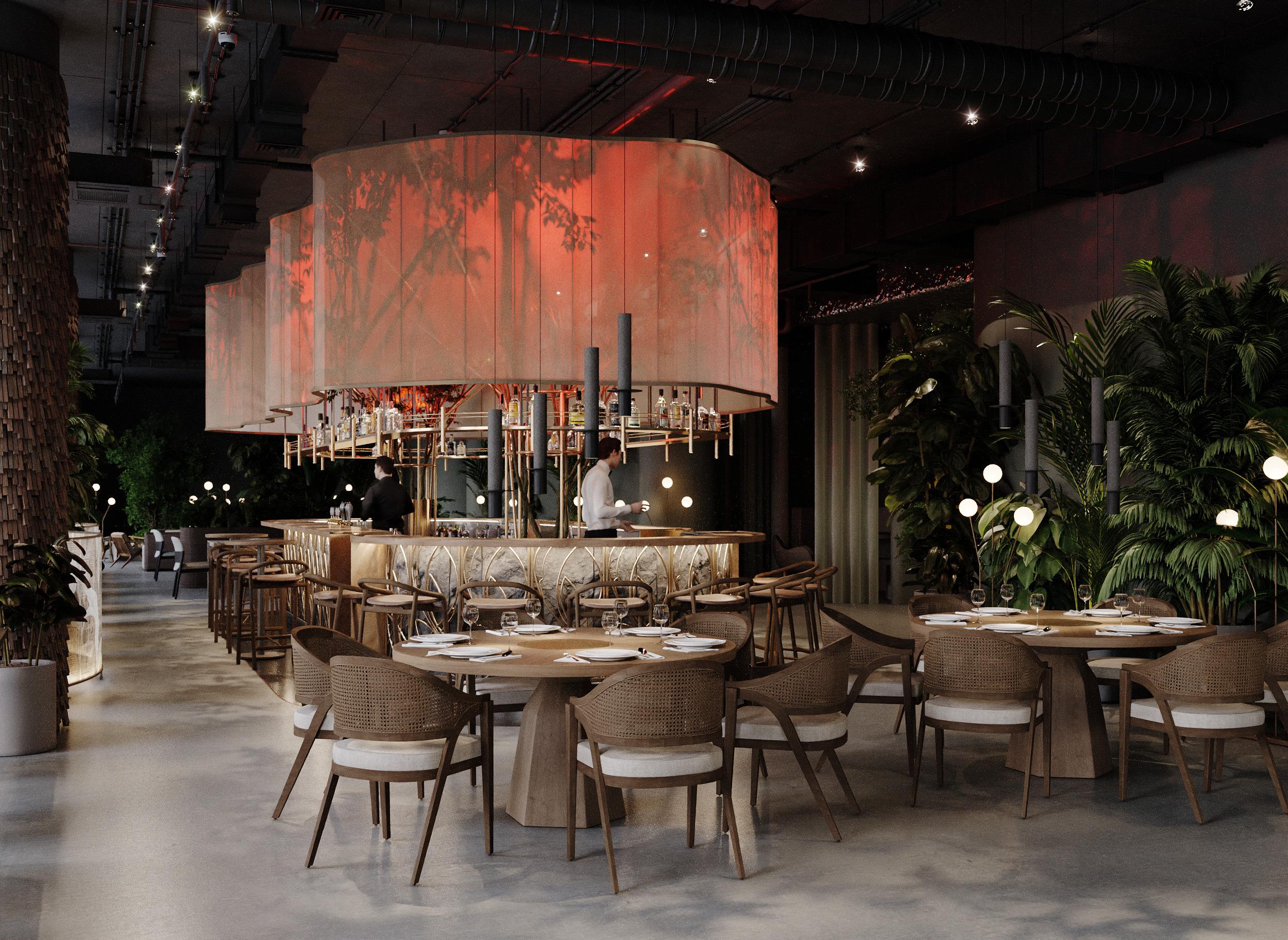
Restaurant interior. Design by ZIKZAK Architects
Mono-functional open spaces: no longer efficient
Open plan offices, where dozens or hundreds of employees work at identical desks without any partitions, have long been considered the ideal solution for companies. However, experience has shown that this format has a negative impact on productivity, concentration and the general comfort of employees. Lack of privacy, constant noise and the feeling of working 'in public' make it difficult to perform tasks that require concentration.
What has replaced it?
Modern offices use zoning and flexible solutions. Transformable workspaces with movable partitions that allow you to quickly adapt the space to your current needs. Focus rooms - small soundproof booths for focused work. Brainstorming areas with modular furniture and lounge areas for informal socialising that create a comfortable atmosphere. Meeting rooms of different sizes with the ability to be transformed.
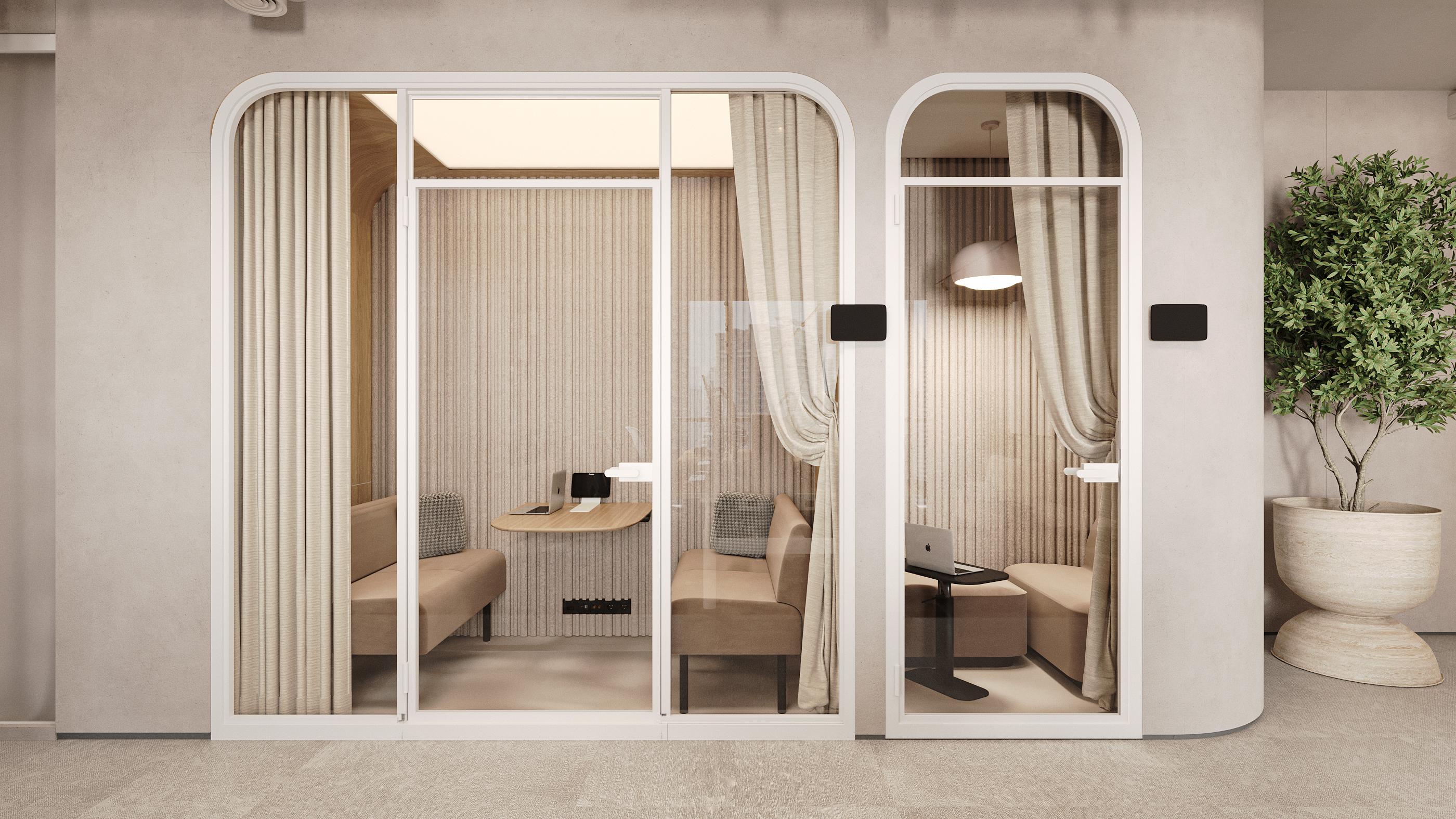
Office interior. Design by ZIKZAK Architects
Excessive corporate branding: avoiding visual noise
It used to be thought that company logos, colours and branding elements should be everywhere: on walls, furniture and even the ceiling. But too many of these elements create visual clutter and distraction.
A new approach
Modern commercial design integrates branding subtly and naturally. It uses architectural forms that reflect the character of the company. It uses natural materials and tactile surfaces. Lighting is used to create the right atmosphere. Textures and colour accents are used rather than aggressive branding.
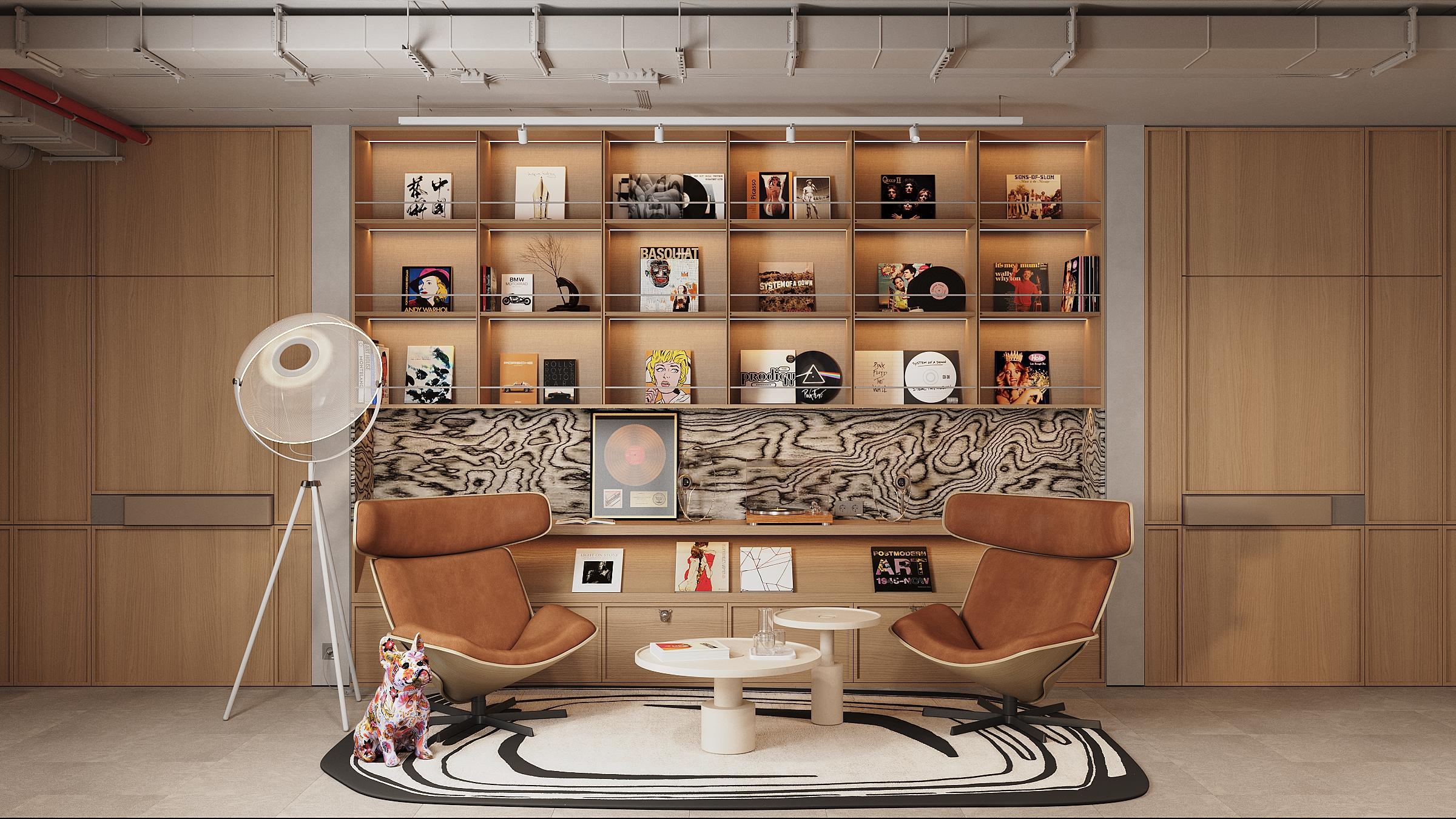
Office interior. Design by ZIKZAK Architects
Medical spaces: a departure from hospital sterility
Classic medical centres with white walls, shiny surfaces and cold lighting make patients feel uncomfortable. Today, the design of healthcare facilities is more focused on creating a welcoming atmosphere.
Modern solutions
The use of soft, natural colours that are soothing. The use of matte surfaces that are pleasant to the touch. Incorporating greenery and natural materials. Intelligent zoning to ensure patient privacy. Comfortable waiting areas with ergonomic furniture.
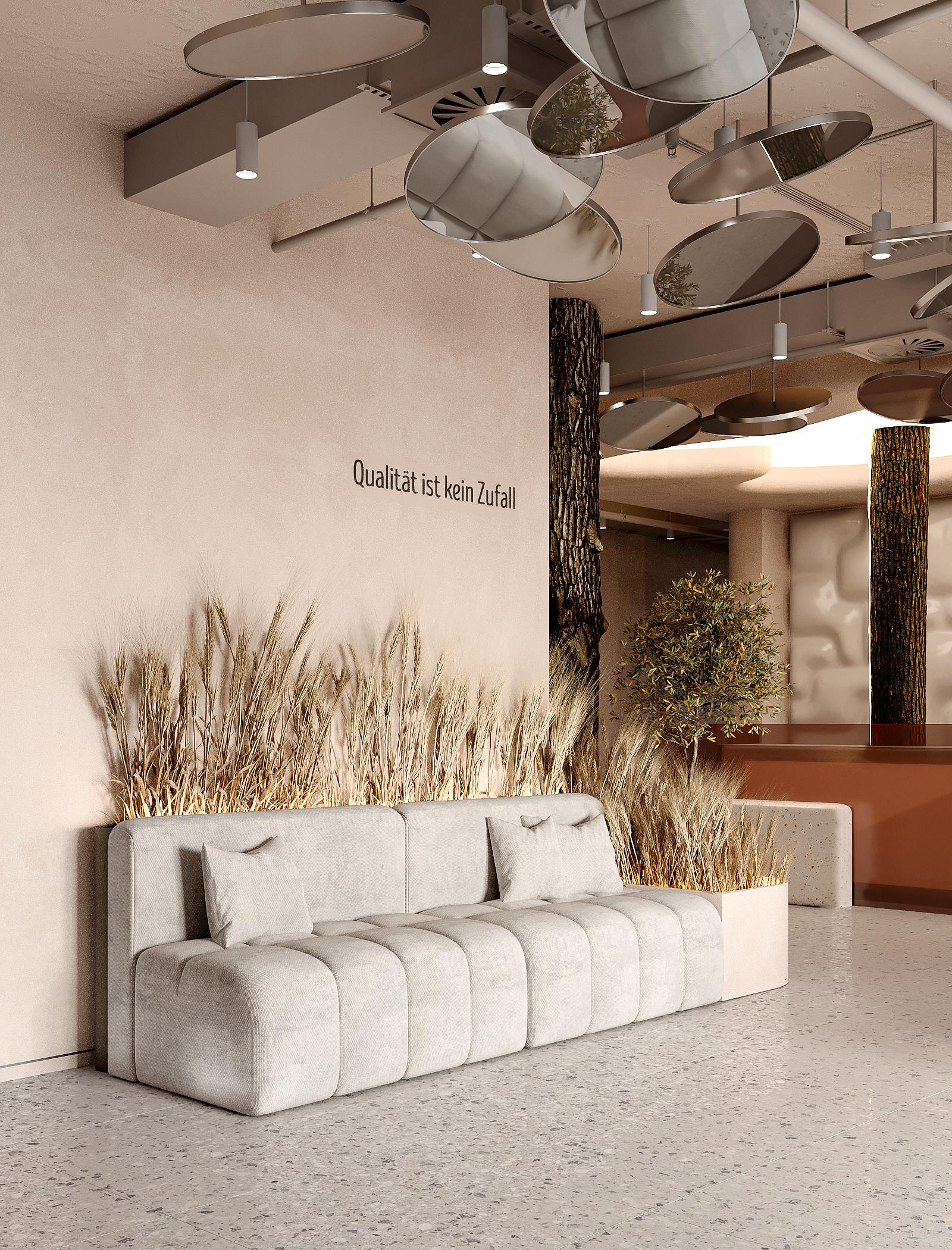
Lounge in the clinic. Design by ZIKZAK Architects
Uniform hotel rooms: the template is out of fashion
Hotel rooms with the same furniture, lighting and layout are gradually losing their relevance. Travellers expect unique experiences, not cookie-cutter design.
What has changed?
Hotels are offering rooms with different designs to create personalised experiences. The use of localised motifs that add to the atmosphere. Flexible lighting that changes with the time of day. Integrating smart technologies without sacrificing comfort.
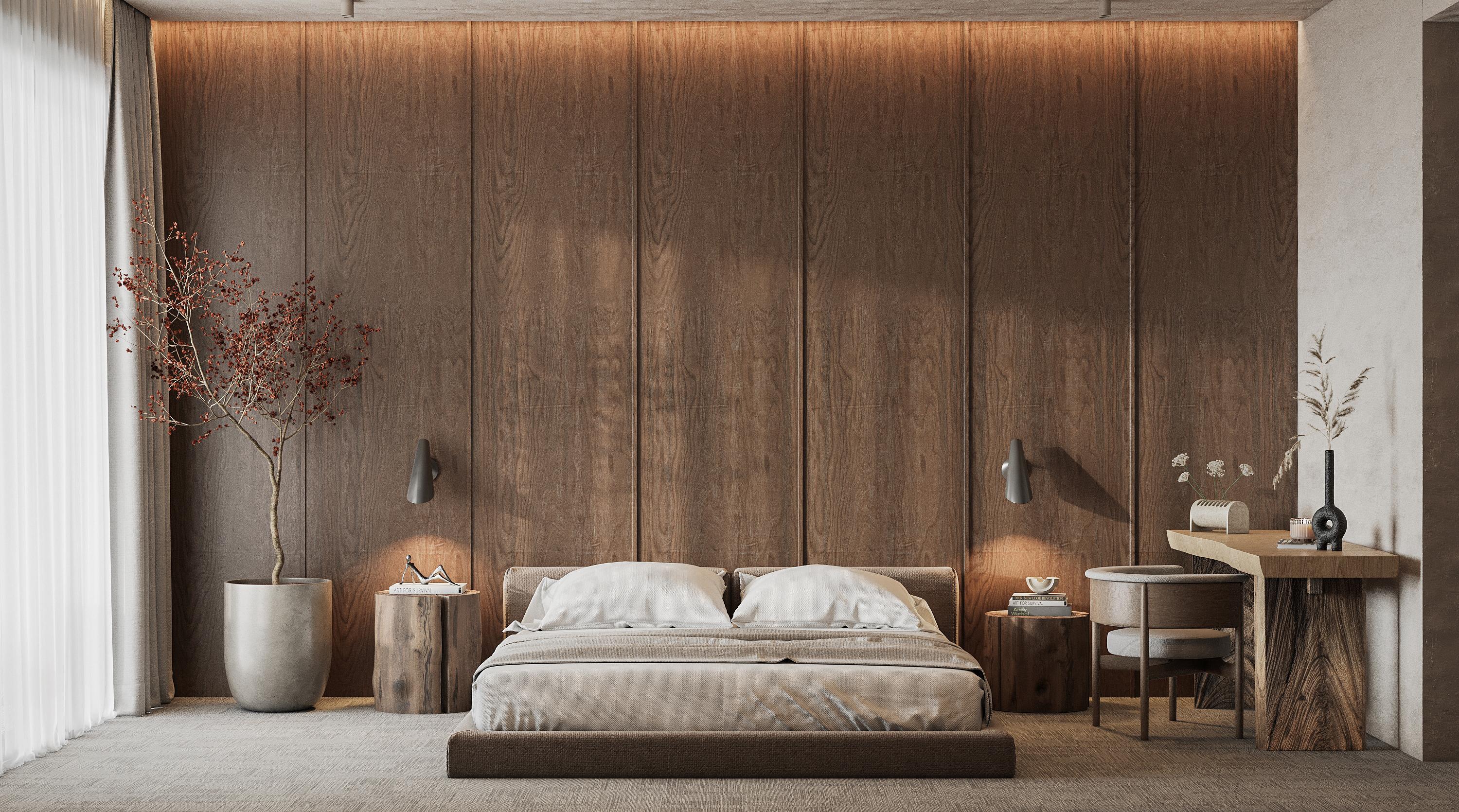
The interior of a hotel room. Design by ZIKZAK Architects
Lighting: from static to dynamic
Monotonous, diffuse lighting, once considered ideal for working, is now giving way to innovative solutions that take into account natural human biorhythms.
New approaches
Biodynamic lighting, which mimics the natural variations in brightness and colour temperature of light throughout the day. Zoning spaces by combining ambient and accent lighting. Efficient use of natural light through large windows and intelligent design.
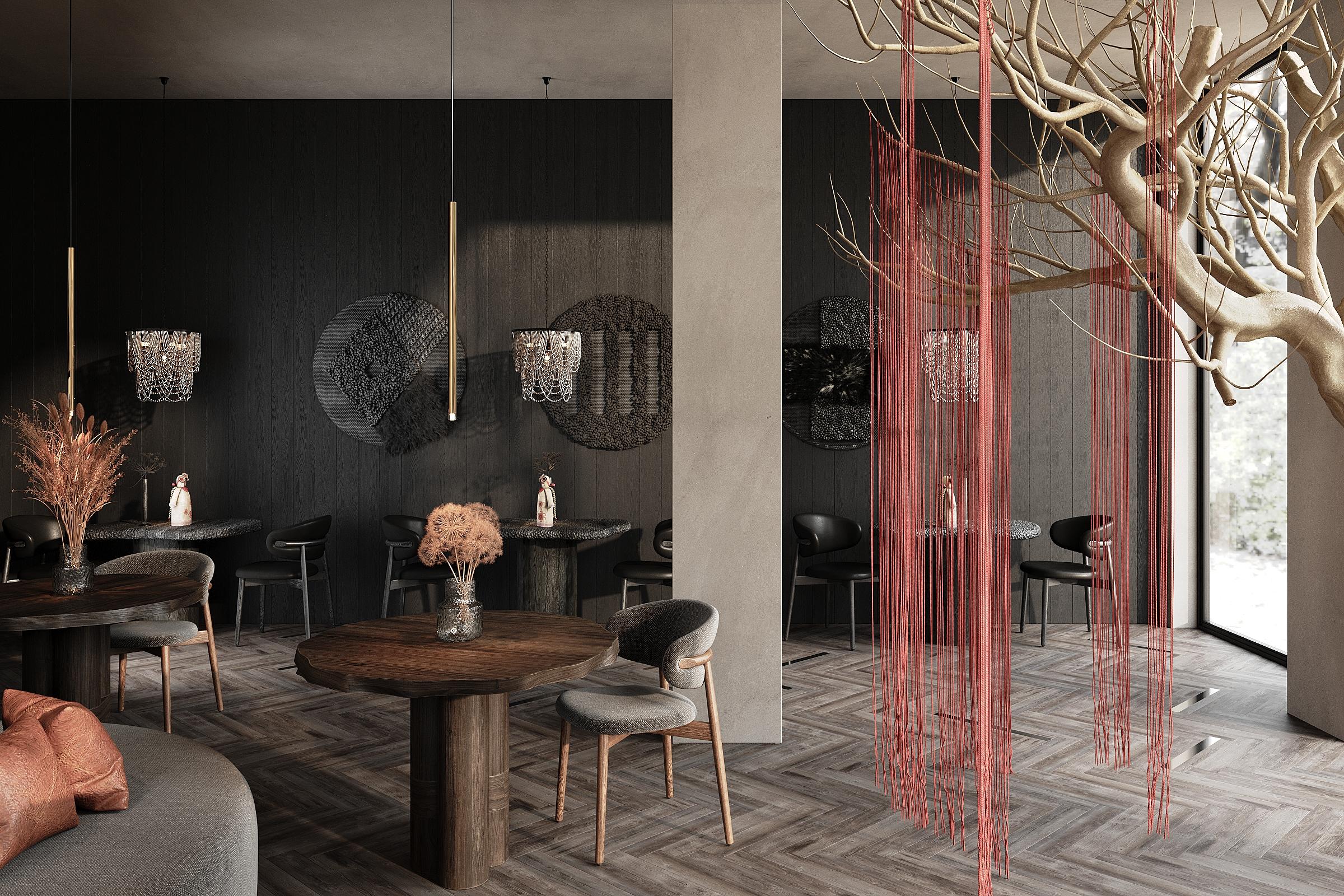
Restaurant interior. Design by ZIKZAK Architects
Acoustics: more than just ceiling panels.
Noise pollution in commercial spaces is one of the major challenges of modern design. Traditional acoustic panels are giving way to more aesthetic and efficient solutions. Cowardly lofts, with their bare concrete surfaces and few textiles and other sound-absorbing materials, repel sound, add to the noise in the room and make speech less intelligible.
A new approach
Use designer acoustic panels that blend in with the interior. Integrating acoustic materials into furniture. Modular acoustic solutions that allow you to change the level of sound absorption according to your needs. Green walls that not only absorb sound but also improve air quality.
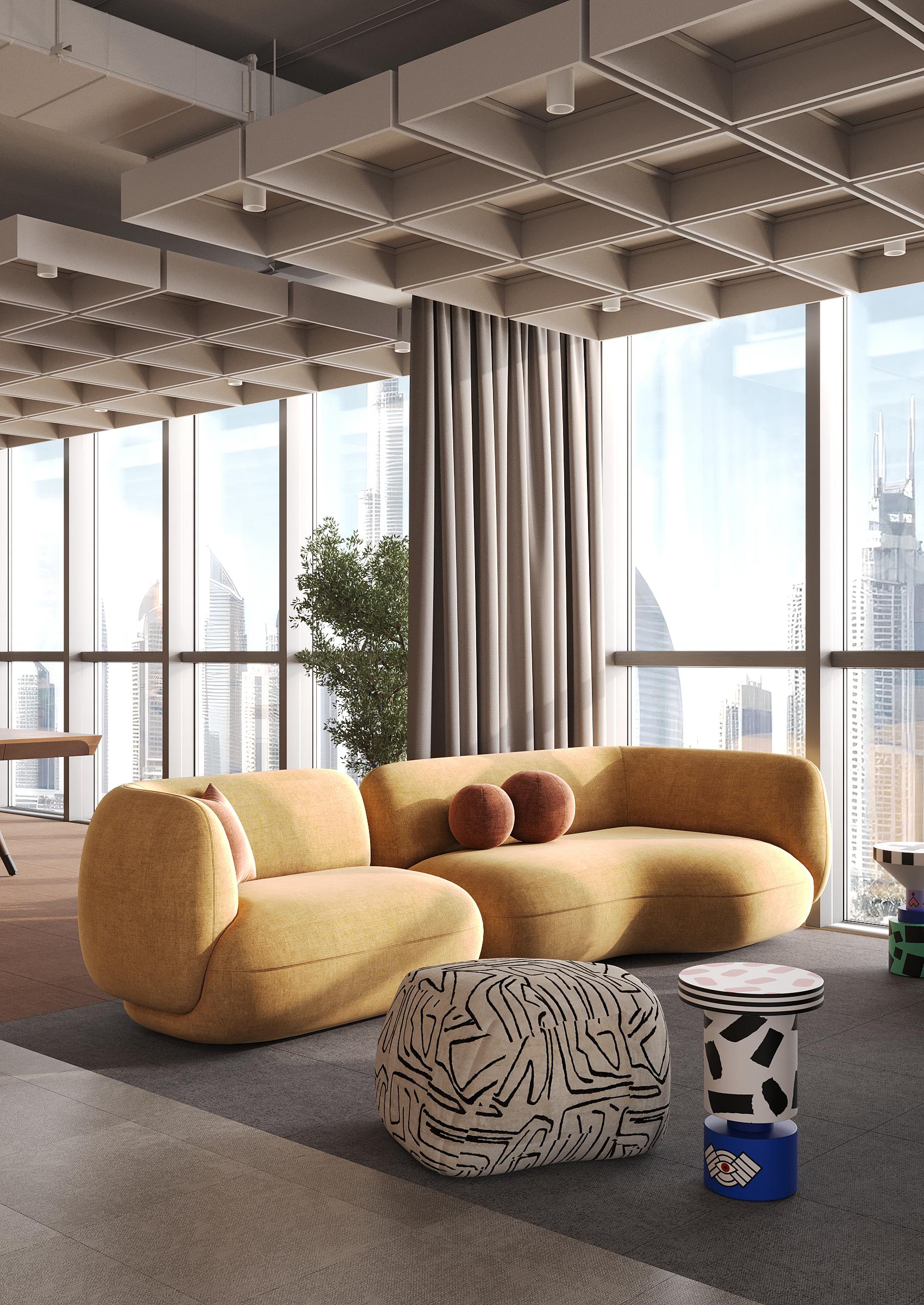
Interior with thoughtful acoustics. Design by ZIKZAK Architects
Commercial design is no longer just about aesthetics - it has to be adaptable, ergonomic and comfortable for users. Open spaces are becoming flexible zones, corporate branding is becoming more sophisticated and standard hotel rooms are giving way to unique concepts. The use of biodynamic lighting, clever acoustic solutions and natural materials makes spaces more human and efficient.
The modern approach to design is to balance functionality, comfort and aesthetics. This is what will determine the success of commercial spaces in the coming years.
Read also:

